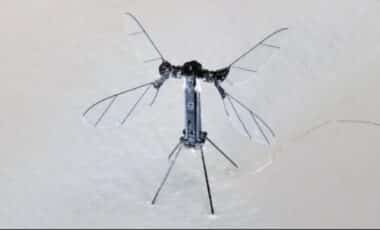men flying these bombers exudes off every page, bringing new life into this extraordinarygeneration and giving voice to their unquestioned courage”.In “PARACHUTE To BERLIN”, buffs, from armchair strategists to occasionally, vaguelyinterested WWII readers, will appreciate this riveting, lively, totally engrossing first-handaccount of what it was like to truly “be there” when the bombs exploded all around. Ithappened that as Allied air force bombers mercilessly pounded Nazi Germany every night inlate 1943, the decision was made, presumably by Hitler himself, to allow a number of eagerjournalists to “fly along” and participate in a night attack against Berlin. One of them was LowellBennett, a young American journalist from Kansas City who had made a name for himself byreporting on the Allied invasion of Tunisia. When their Avro Lancaster is hit by Luftwaffefighters, everyone is forced to bail out. Bennett is captured after the aircraft is able to make asafe landing. Before being delivered to a prison camp for the duration of the war, a Germanofficer decides to take him on a tour of various German cities, a submarine base, and theindustrial Ruhr. In his vivid first-hand account, Lowell expresses personal indignation at theterrible suffering of the civilian population – the prime target of Allied bombing. Unable tocontain his shock, he offers a criticism of the British-American strategic bombing policies basedon his own eye-witness accounts and experiences. First published in 1945, Bennett’s writingsremain the only first-hand reports by an Allied journalist of the RAF and USAAF bombing raids
seen at the ground level.








